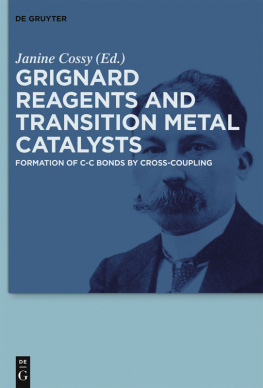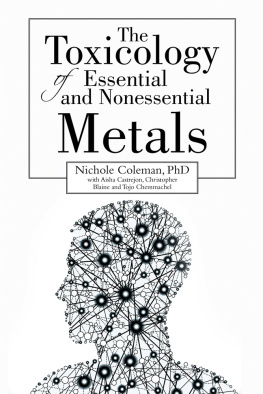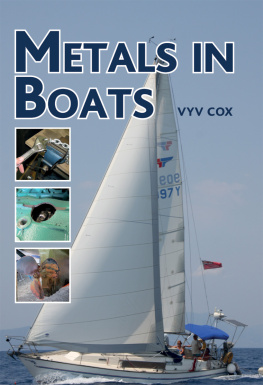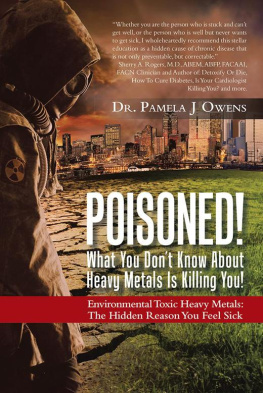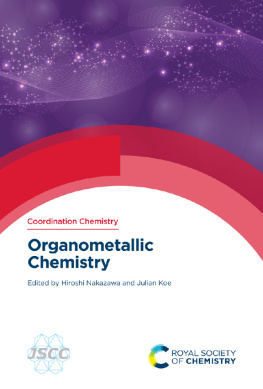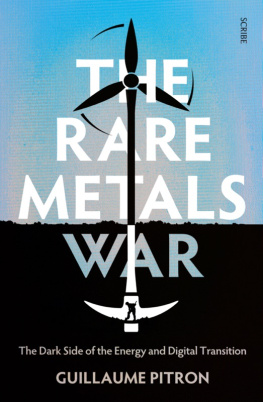Grignard Reagents and Transition Metal Catalysts
Guide

Janine Cossy (Ed.)
Grignard Reagents and Transition Metal Catalysts
Also of interest

Biorefineries
Aresta, Dibenedetto, Dumeignil (Eds.), 2015
ISBN 978-3-11-033153-0, e-ISBN (PDF) 978-3-11-033158-5,
e-ISBN (EPUB) 978-3-11-038999-9

Flow Chemistry. Vol. 1: Fundamentals
Darvas, Hessel, Dorman (Eds.), 2014
ISBN 978-3-11-028915-2, e-ISBN (PDF) 978-3-11-028916-9,
e-ISBN (EPUB) 978-3-11-038875-6

Flow Chemistry. Vol. 2: Applications
Darvas, Hessel, Dorman (Eds.), 2014
ISBN 978-3-11-036707-2, e-ISBN (PDF) 978-3-11-036750-8,
e-ISBN (EPUB) 978-3-11-039260-9

Engineering Catalysis
Murzin, 2013
ISBN 978-3-11-028336-5, e-ISBN (PDF) 978-3-11-028337-2

Chemical Photocatalysis
Knig (Ed.), 2013
ISBN 978-3-11-026916-1, e-ISBN (PDF) 978-3-11-026924-6

Heterocyclic Communications
Editor-in-Chief: Lucjan Strekowski
ISBN 978-3-11-028915-2, e-ISBN (PDF) 978-3-11-028916-9,
e-ISBN (EPUB) 978-3-11-038875-6

Author
Prof. Janine Cossy
Laboratoire de Chimie Organique
Institute of Chemistry, Biology and Innovation (CBI)
UMR 8231
ESPCI ParisTech/CNRS/PSL Research University
10 rue Vauquelin
75231 Paris Cedex 05
France
Janine.Cossy@espci.fr
ISBN 978-3-11-035266-5
e-ISBN (PDF) 978-3-11-035272-6
e-ISBN (EPUB) 978-3-11-038343-0
Set-ISBN 978-3-11-035273-3
Library of Congress Cataloging-in-Publication Data
A CIP catalog record for this book has been applied for at the Library of Congress.
Bibliographic information published by the Deutsche Nationalbibliothek
The Deutsche Nationalbibliothek lists this publication in the Deutsche Nationalbibliografie; detailed bibliographic data are available on the Internet at http://dnb.dnb.de.
2016 Walter de Gruyter GmbH, Berlin/Boston
Typesetting: Medienfabrik GmbH, Stuttgart
Cover image: von Fotograv. - Generalstabens Litografiska Anstalt Stockholm [Public domain], via
Wikimedia Commons
www.degruyter.com
Contributing Authors
Grard Cahiez
Institut de Recherche de Chimie Paris
CNRS Chimie ParisTech, PSL Research
University
11 rue Pierre et Marie Curie
75005 Paris
France
Catherine S. J. Cazin
EaStCHEM School of Chemistry
University of St Andrews
Purdie Building
North Haugh
St Andrews
Fife, KY16 9ST
UK
Janine Cossy
Laboratoire de Chimie Organique
Institute of Chemistry, Biology and Innovation (CBI)
UMR CNRS 8231
ESPCI ParisTech/CNRS/PSL Research University
10 rue Vauquelin
75231 Paris Cedex 05
France
Fabienne Fache
Universit Lyon 1
ICBMS UMR CNRS 5246
43, boulevard du 11 novembre 1918
69622 Villeurbanne cedex
France
Bruno Figadre
CNRS
BioCIS UMR 8076
Labex LERMIT
Universit Paris Sud
and
CNRS
5 rue J. B. Clment
92296 Chtenay-Malabry
France
Corinne Gosmini
Laboratoire de Chimie Molculaire
Ecole Polytechnique
UMR CNRS 9168
Route de Saclay
91128 Palaiseau Cedex
France
Julien Legros
Normandie Universit
COBRA UMR 6014
Universit Rouen
INSA Rouen
and
CNRS
1 rue Lucien Tesnire
76821 Mont-Saint-Aignan
France
Alban Moyeux
Institut de Recherche de Chimie Paris
CNRS Chimie ParisTech, PSL Research
University
11 rue Pierre et Marie Curie
75005 Paris
France
and
Universit Paris 13
UFR SMBH
Sorbonne Paris Cit
74 rue Marcel Cachin
93017 Bobigny
France
David J. Nelson
WestCHEM Department of Pure & Applied
Chemistry
University of Strathclyde
295 Cathedral Street
Glasgow
Lanarkshire, G1 1XL
UK
Prof. S. P. Nolan
Department of Inorganic and
Physical Chemistry
Ghent University
Krijgslaan 281 - S3, 9000 Gent, Belgium
Armelle Ouali
Laboratoire de Chimie de Coordination CNRS
UPR 8241
BP 44099
205 route de Narbonne
31077 Toulouse Cedex 04
France
and
Universit de Toulouse
UPS, INPT, LCC
31077 Toulouse
France
Batrice Pelotier
Universit Lyon 1
ICBMS UMR CNRS 5246
43, boulevard du 11 novembre 1918
69622 Villeurbanne cedex
France
Olivier Piva
Universit Lyon 1
ICBMS UMR CNRS 5246
43, boulevard du 11 novembre 1918
69622 Villeurbanne cedex
France
Alice Rrat
Laboratoire de Chimie Molculaire
Ecole Polytechnique
UMR CNRS 9168
Route de Saclay
91128 Palaiseau Cedex
France
Marc Taillefer
CNRS
UMR CNRS 5253, ICG, AM2N, ENSCM
8, rue de lEcole Normale
34296 Montpellier Cedex 5
France
Introduction
Since the early 1900s, Victor Grignard had been of great impact in organic chemistry in developing organomagnesium reagents called Grignard reagents and, due to the importance of his work, he was awarded the Nobel Prize in 1912. Grignard reagents are often written as RMgX (R = organic part, X= halide), and these reagents can take various forms in both solution and solid states. In solution, they become a mixture of RMg (called organomagnesium reagents) and MgX coming from a redistribution of the ligand in RMgX.
In their education and training, almost all the chemists have had an experience of preparing and/or utilizing Grignard reagents. Grignard reagents are prepared from readily available organo halides and magnesium and more recently i PrMgX.LiCl, called the Turbo Grignard, was used to prepare Grignard reagents from halides by a magnesiumhalide exchange. The Grignard reagents are mainly used to synthesize alcohols from carbonyl derivatives but, one major drawback of the Grignard reagents is that they are not functional group tolerant. However, since the discovery of the reactivity of the Grignard reagents, their reactivity has been modified by the addition of transition metal complexes in the reaction media. It has been reported for the first time by Kharash et al ., around 1940, that CC bonds can be formed by a cross-coupling reaction between a halide and a Grignard reagent catalyzed by metallic halides. Thirty years later in their early work and independly, Kochi, Kumada and Tamao as well as Corriu reported coupling reactions between organo halides and Grignard reagents catalyzed by palladium, nickel and iron salts. Since then a number of reports have been published to realize coupling reactions using, palladium, nickel, iron, cobalt, manganese, copper, silver and to a less extend titanium, chromium, rhodium, ruthenium, etc. showing that the reactivity of Grignard can be modified in the presence of metallic complexes, making them very chemoselective.

